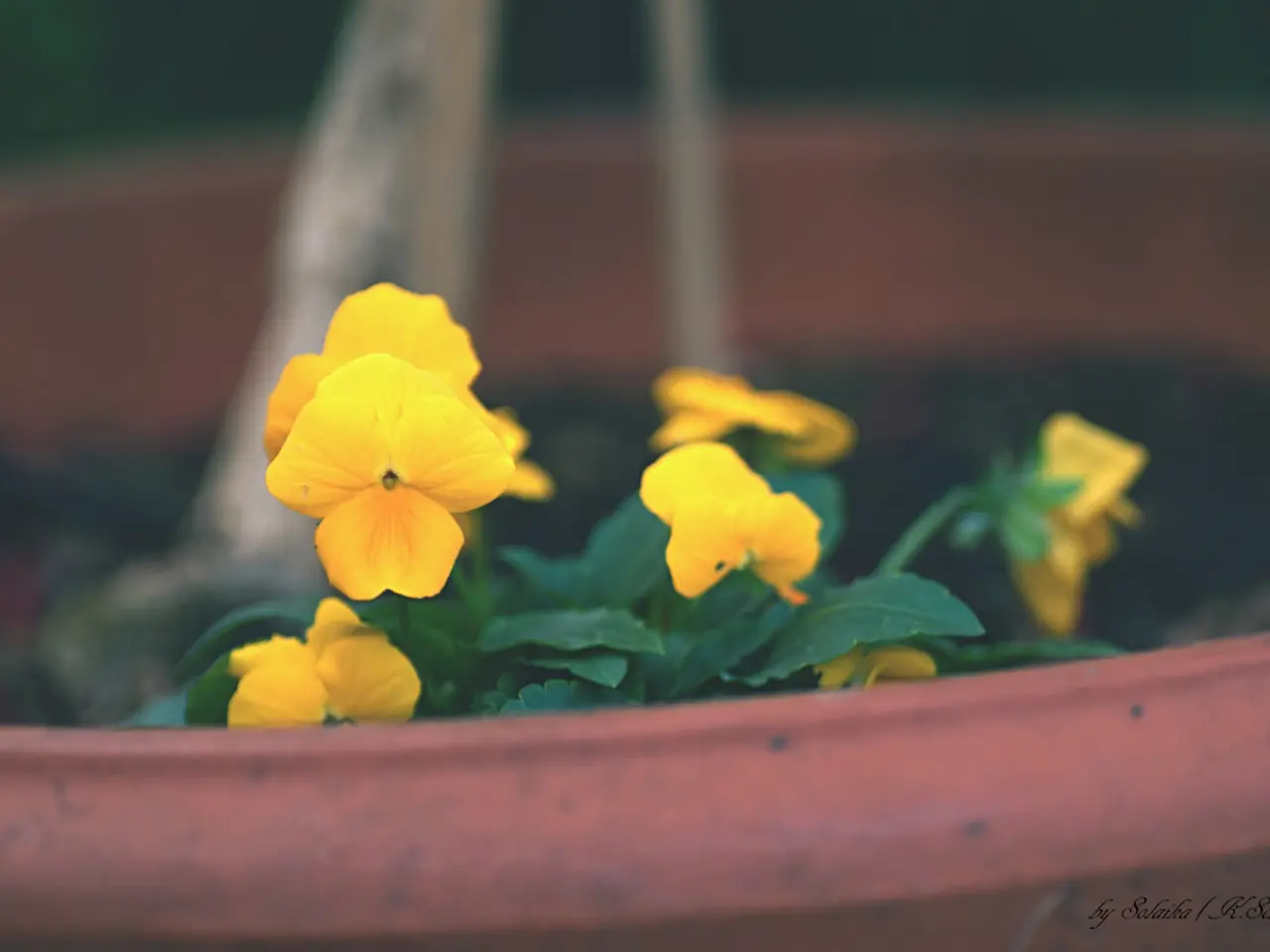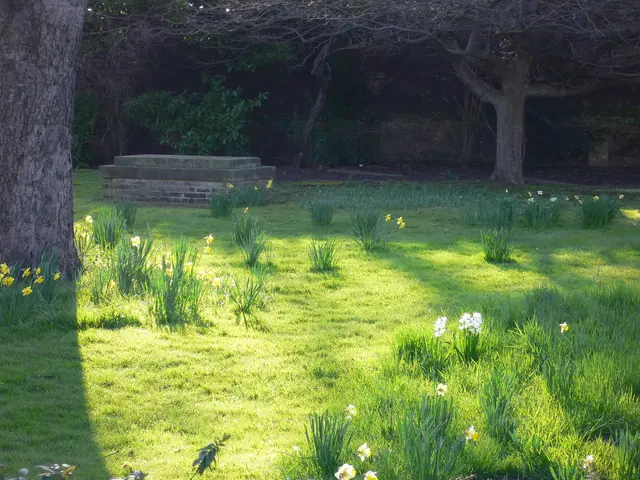Growing Amaryllis Bulbs: A Guide to Amaryllis Bulb Propagation
In the heart of San Francisco, master gardener and docent Teo Spengler tends to the lush San Francisco Botanical Garden. With over two decades of studying horticulture and writing about nature, trees, plants, and gardening, Spengler is a well-versed authority on a variety of flora. One of her favourite subjects is the Amaryllis, a popular and easy-to-grow bulb plant known for its showy flowers.
Amaryllis can be propagated in several ways: by seeds, bulbets (offsets), or cuttage/chipping or re-sectioning. Each method offers its unique advantages and timing for success.
### Propagating Amaryllis by Seeds Propagating Amaryllis by seeds is possible but slower compared to other methods. Seeds should be sown shortly after the fruit capsules mature, typically late summer or early fall. This method is more suited for breeding new varieties since seedlings can take several years (up to 3-5 years) to flower. It is generally less common for hobbyists who want quick blooms.
### Propagating Amaryllis by Offsets (Bulblets) Amaryllis naturally produce small offsets or bulblets around the parent bulb. These offsets can be carefully separated and potted individually. The best time to separate offsets is during the dormant period, usually late summer to early fall, after the foliage has died back. Offsets will flower faster than seedlings, typically within 1-2 years. This is the most common and easiest method for home growers to propagate Amaryllis successfully.
### Propagating Amaryllis by Cuttage / Chipping or Re-sectioning Chipping is a technique where the bulb is cut into sections ("chips"), each containing part of the basal plate from which new bulbs can form. This method allows multiplying bulbs more rapidly than offsets. The process requires careful handling to avoid rot and must be done during the dormant season when the bulb is not actively growing. After chipping, the sections are kept in warm, humid conditions to encourage bulblet formation.
Re-sectioning is similar but involves slicing the bulb into larger sections. This method is suited for experienced gardeners or commercial growers due to its complexity.
In summary, offset separation during the dormant period is the best and simplest method for most gardeners, while seed propagation is slower and used mainly for breeding, and chipping is advanced but effective for rapid multiplication.
When propagating Amaryllis, it is essential to maintain a clean and sterile environment to prevent rot. Use sterile tools and well-draining media when transplanting bulbs or cuttage sections. Keep bulbs in a warm, humid environment during chipping, and after propagation, pot bulbs in loose, well-drained soil and provide bright but indirect light during the growing phase.
With these simple tips and techniques, propagating Amaryllis can be a rewarding and enjoyable experience for both novice and experienced gardeners alike. Happy gardening!
[1] Information sourced from various third-party vendors on the platform Shop.
A home gardener who adopts a lifestyle focused on home-and-garden pursuits may find success in propagating Amaryllis using the most common method, which involves separating offsets during the dormant period. By following this practice, the home grower can potentially enjoy beautiful Amaryllis flowers within a short span of 1-2 years. Alternatively, an author expert in nature, trees, plants, and gardening like Teo Spengler might delve deeper into more complex propagation methods, such as chipping or re-sectioning, to create multiple bulbs rapidly for commercial or large-scale garden projects.








